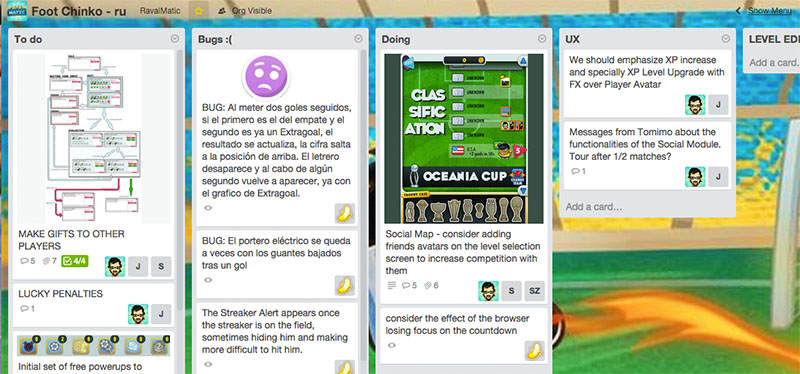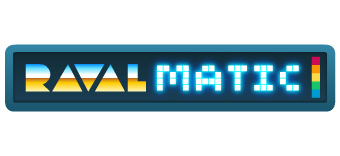Using Trello in game development
 As game development technology evolves, so do work methodologies. One of the up and coming ways of organizing work, used by an ever increasing number of studios, is scrum.
As game development technology evolves, so do work methodologies. One of the up and coming ways of organizing work, used by an ever increasing number of studios, is scrum.Scrum is an agile development method that allows for quick iteration and offers great adaptability to suit the needs of the project or any sudden setbacks. It mainly focuses on … getting a working game as soon as possible, and then improving upon it. As such, it can be an invaluable tool for studios wishing to save time otherwise spent redoing previous work all over.
And this is where Trello comes in. Trello presents itself as a board, accessible to all participants in the development process of a game, where tasks to be done get pinned for everyone to see. This allows everyone on the team to be up to date on what must be done, or what’s already been done, as well as swiftly assign new tasks.
There are no bosses in Trello: anyone can add their own cards and assign people to them, move them around, or edit existing ones to add extra info. For example, if a task requires certain assets, such as an image or a code snippet, you can add it so whoever is in charge can get it without needing a file transfer.
Typically, a Trello board is split into three sections: “To Do” – where tasks planned are stored and are assigned or picked up by different workers, “Doing” – for tasks currently in development or subject to change, and finally “Done” – for tasks completed and awaiting approval. Additionally, we make use of an extra column dedicated to bug reporting “Bugs :(“. This way, if anyone involved on the development finds a bug in the game, they can file a ticket immediately.
Another obvious advantage to Trello is knowing at any time who is working on what, avoiding unnecessary overlap due to poor communication between team members while also being able to gauge each worker’s workload at a simple glance.
All in all, Trello has become a must for our studio, and we encourage others to try and use it on their games, we are sure you’ll see an improvement!
